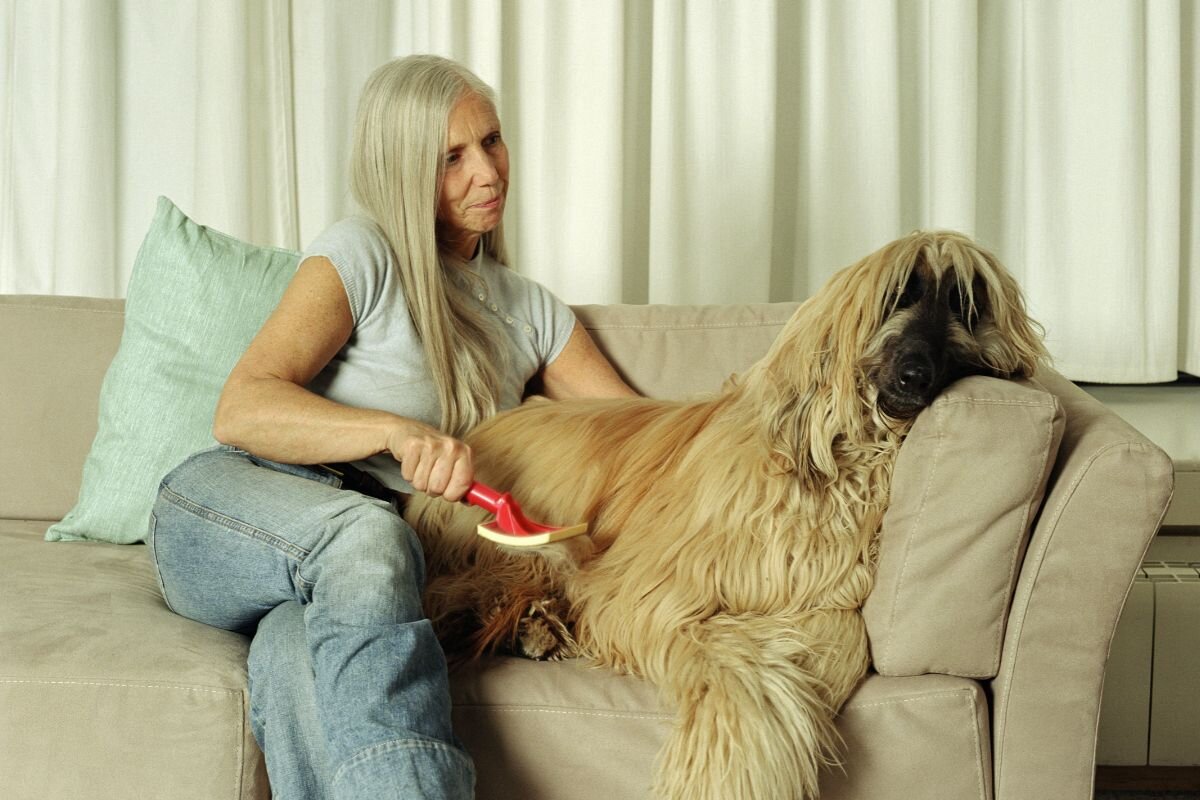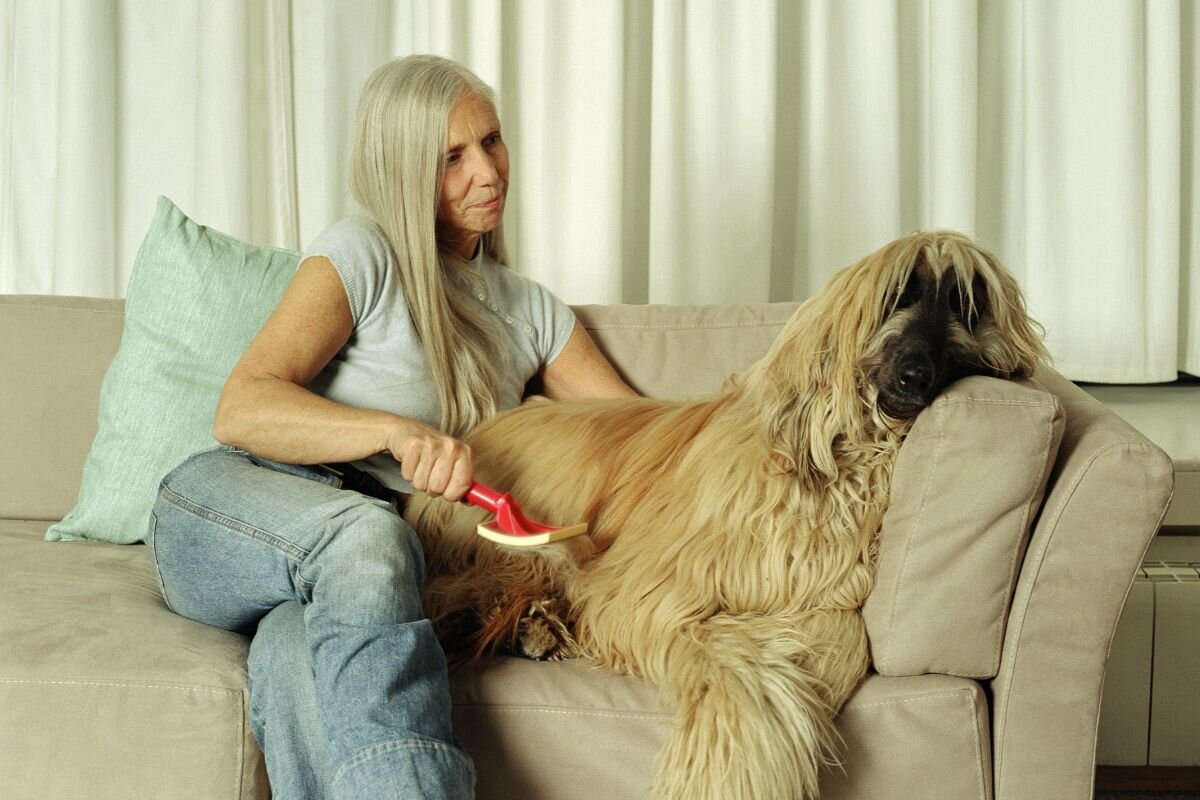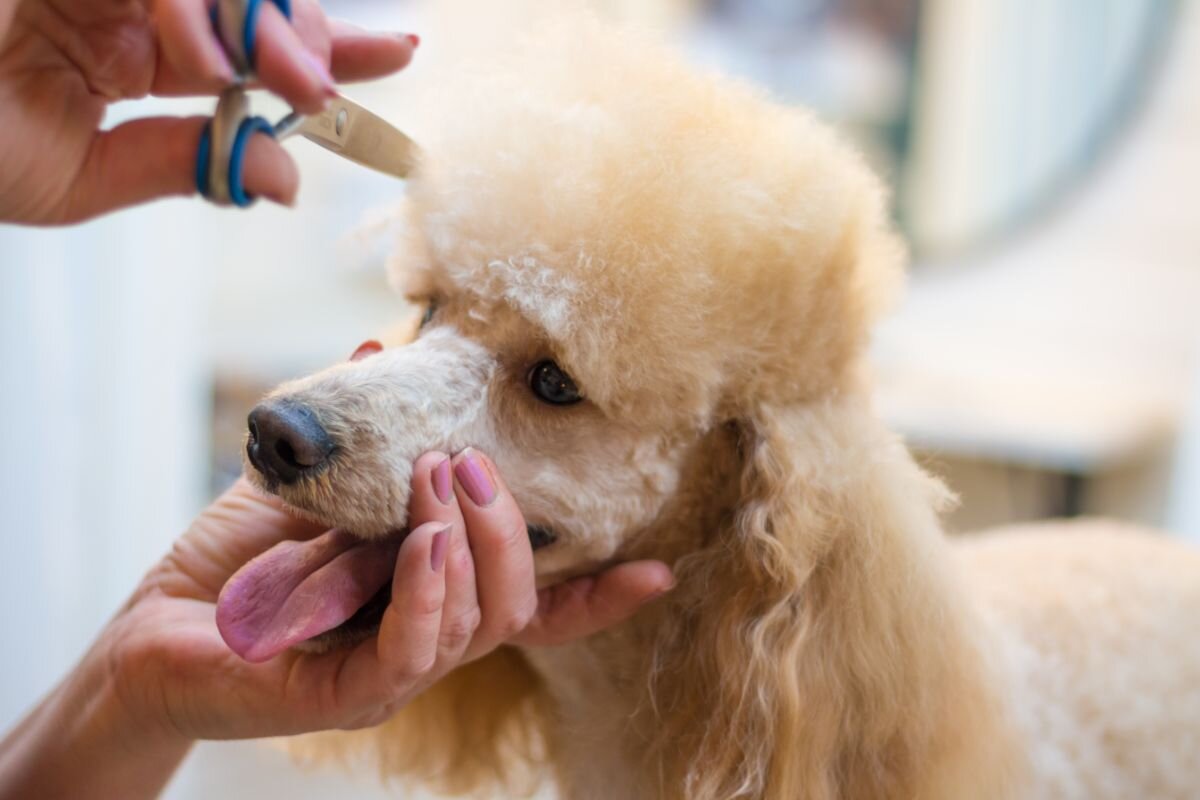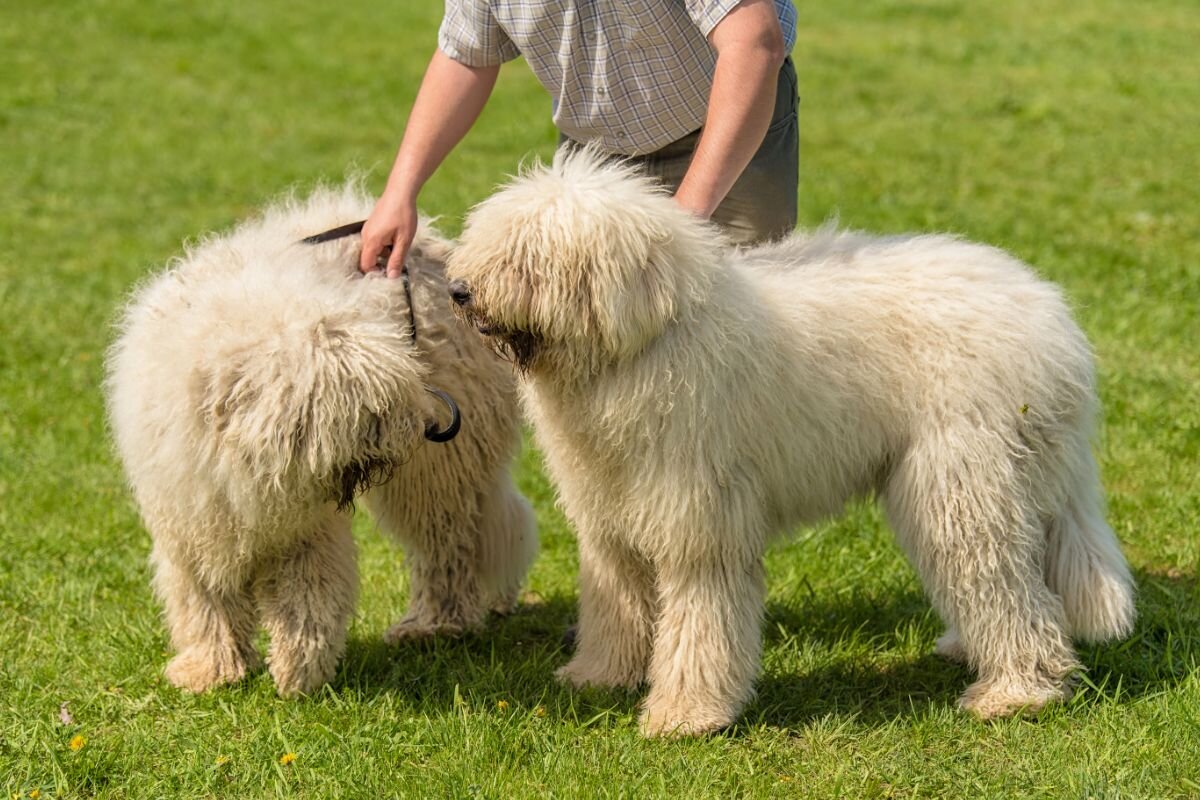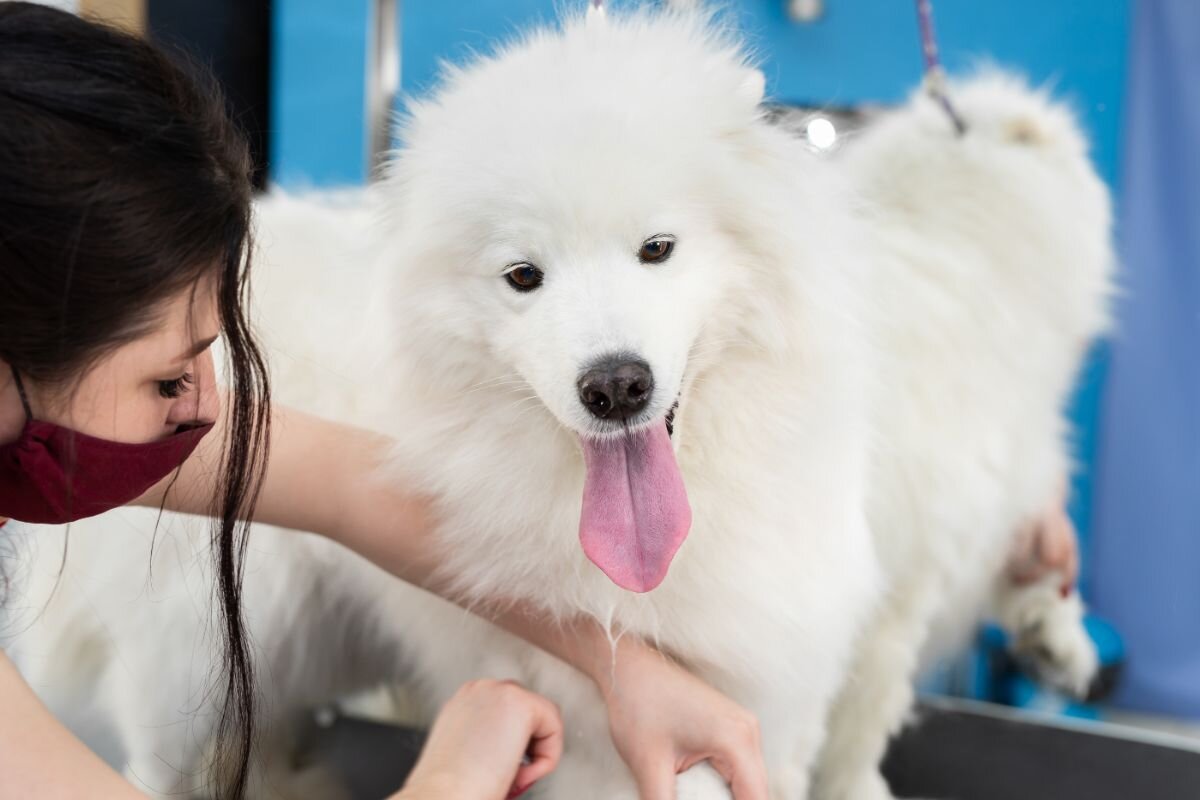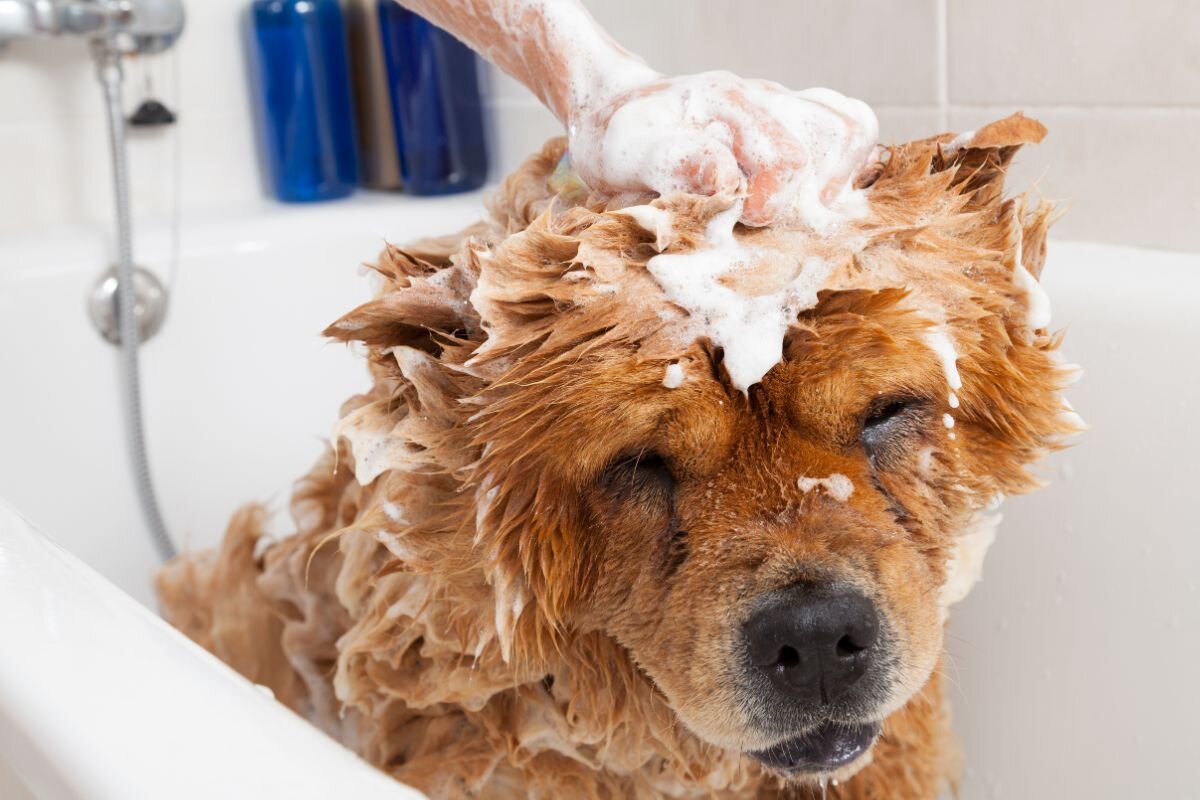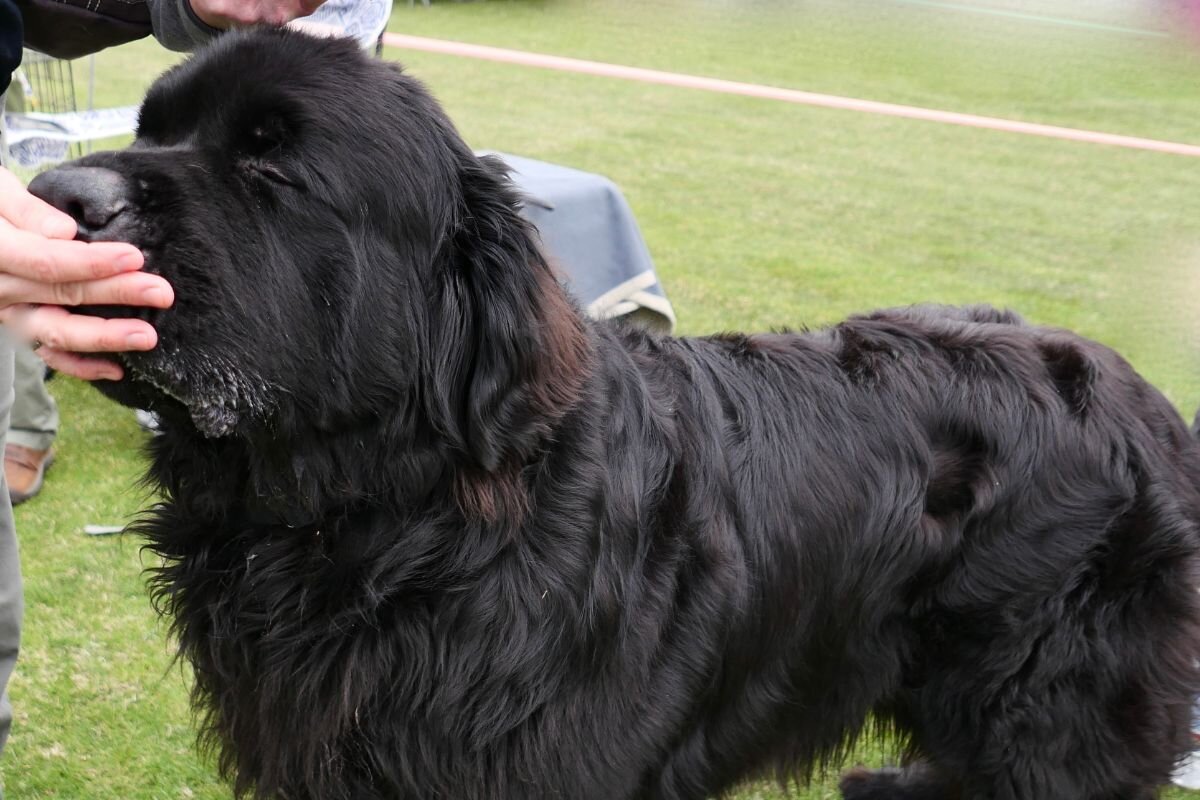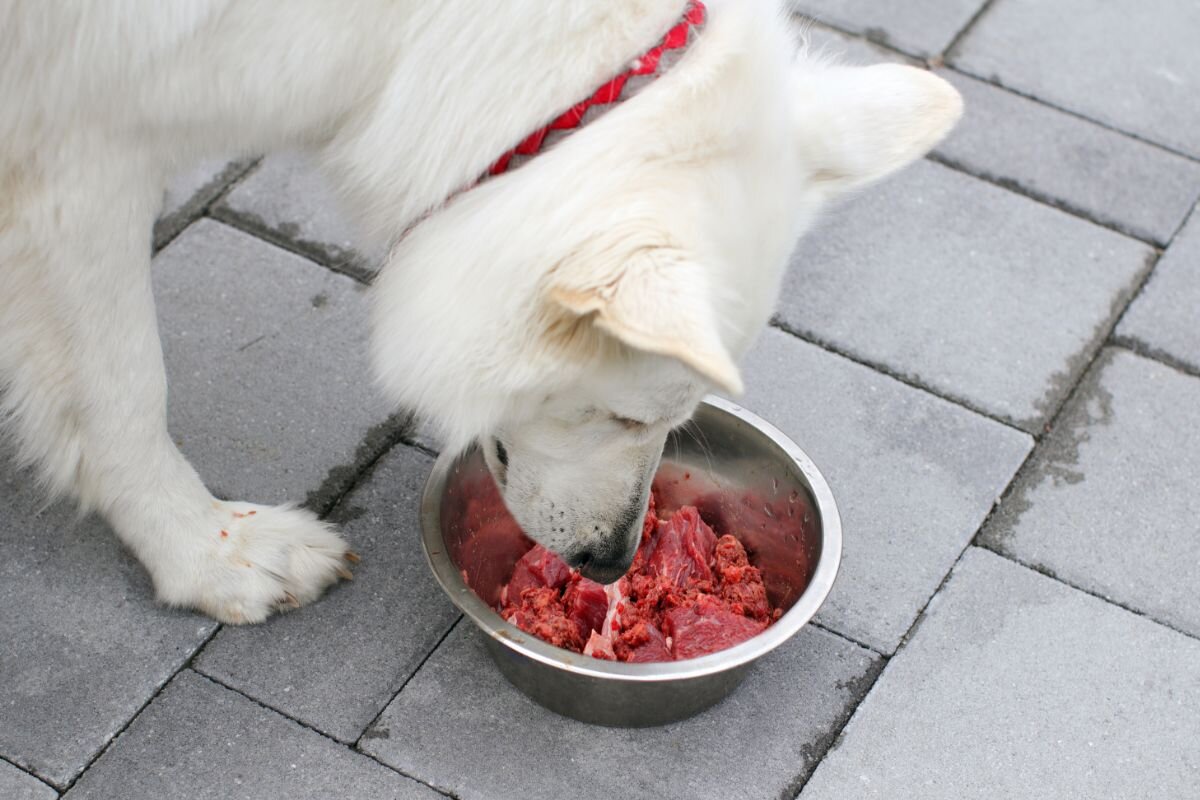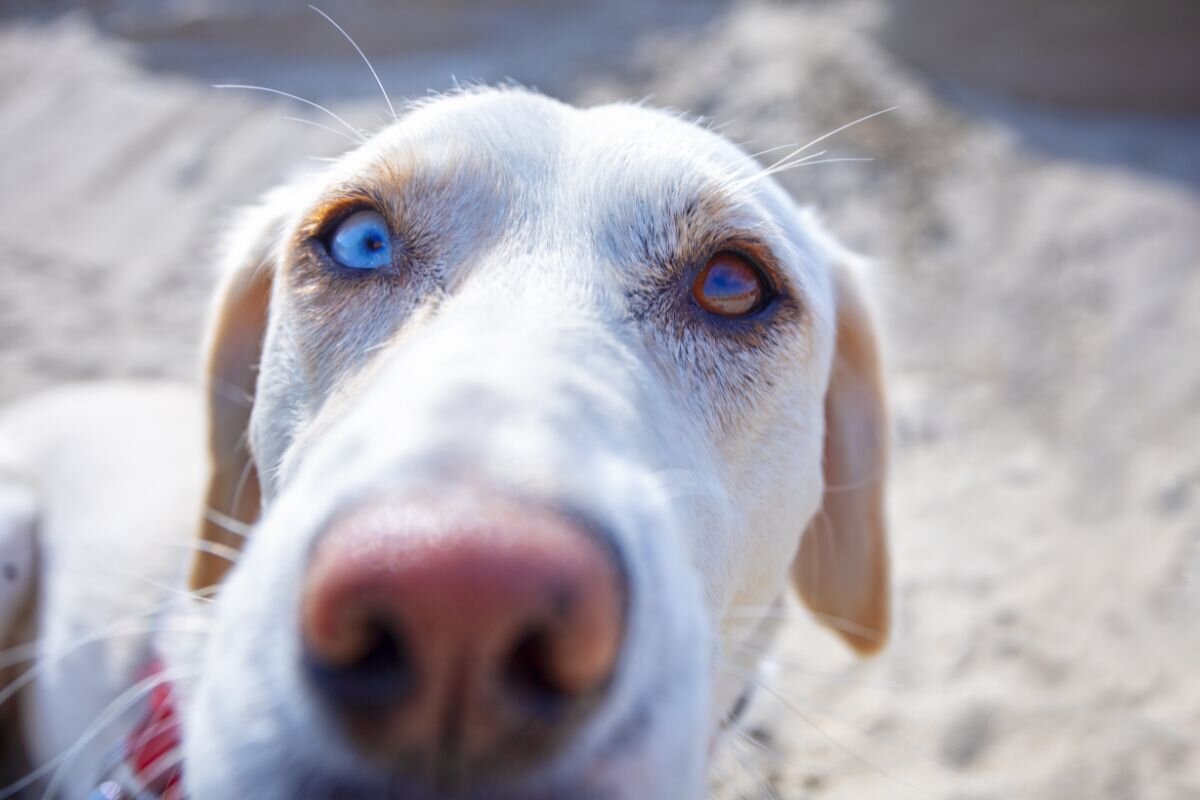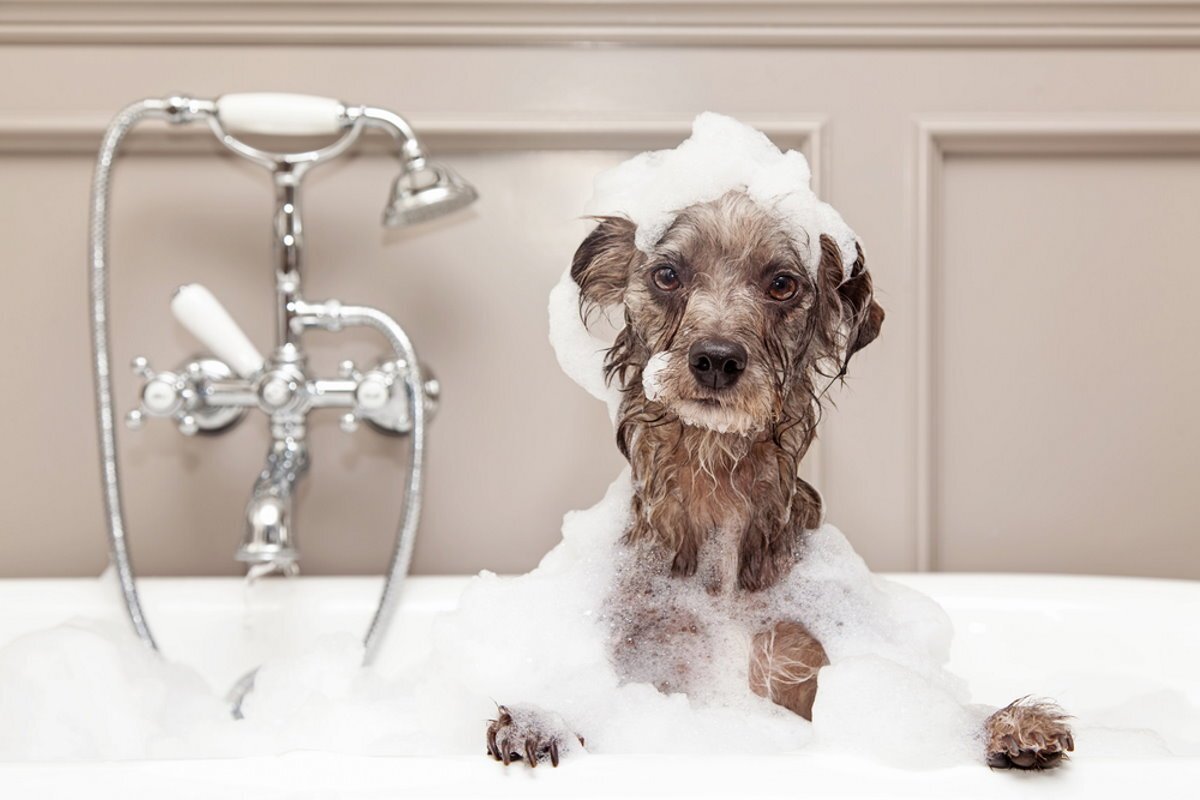Caring for wool is a key aspect of ensuring the health, hygiene, and well-being of our pets. While some dog breeds are low-maintenance, others require careful and regular grooming.
It is important for both potential owners and those interested in breeding dogs to know the specifics of caring for different breeds. This is not just about the pet's appearance. Thorough care helps prevent skin problems, parasites, and tangling of the fur, which can lead to discomfort and health issues for the animal.
In this article, we will look at 6 well-known dog breeds whose fur requires special attention and care. From the luxurious coat of an Afghan Hound to the dense waterproof fur of a Newfoundland. We will find out why these dogs need special care and what this means for their owners. Whether you are an experienced dog owner or are just planning to get one of these breeds - understanding their needs will ensure the happiness and health of your pet.
1. Afghan Hound
Afghan Hounds are often compared to aristocrats in the world of dogs. The main advantage of this breed is their luxurious long silky fur, resembling a princess's lush hair. But such beauty requires corresponding care.
Afghan Hound owners must adhere to a strict regimen, including daily brushing, regular baths, and thorough drying of the fur. The fine hairs are very prone to tangling, especially in areas of friction behind the ears and under the paws. Besides aesthetics, this care is important for the dog's health. Tangled fur can lead to skin irritation and infections.
Caring for an Afghan Hound is a labor of love, a testament to the strong bond between the pet and the owner. It is about overall comfort and well-being of the four-legged friend. So, before getting such a dog, it is worth honestly assessing your readiness to devote so much attention and care to it.
2. Poodle
Poodles are known not only for their intelligence and aristocratic manners. Their hallmark is the unique hypoallergenic fur that does not shed in the traditional sense. Poodle hair constantly regrows, requiring regular care to prevent tangling.
The grooming process for a poodle includes frequent brushing, grooming every 4-6 weeks by a professional groomer, and regular baths. This is necessary to maintain the neat appearance of the pet's fur coat.
Due to the universal structure of the hair, poodle hairstyles can be very diverse: from functional sports cuts to elaborate "show" models. Each hairstyle requires a corresponding approach to care.
Proper and regular care not only emphasizes the beauty of the poodle's fur but is also crucial for maintaining the health of its skin and preventing parasitic infections. Therefore, before bringing this wonderful animal into your home, owners should objectively assess their readiness to dedicate considerable effort and time to such meticulous and specific care of its fur.
3. Komondor
Komondors are known not only for their excellent guard qualities. Their hallmark is fluffy fur resembling felt. The heavy, shaggy "cords" provide thermal insulation and even protection against external influences, but such functionality imposes special requirements.
Caring for a Komondor's fur is a meticulous and labor-intensive process. The fur must be carefully brushed and cleaned to prevent tangling and maintain the hygiene of the skin. Bathing such a dog is especially challenging. The dense "felted" layer takes a long time to dry. Therefore, it is not just about drying it with a hairdryer - it may take a whole day. Otherwise, a fungus can easily develop inside the woolen cords.
Regular labor-intensive care helps prevent the accumulation of dirt and debris, which can lead to skin infections. So, by having a Komondor at home, owners should be prepared to spend a lot of time and effort on caring for its fur. But these efforts are justified for the health and comfort of this wonderful breed.
4. Samoyed
Samoyeds attract attention not only with their trademark "Sammy smile." Their hallmark is the lush snowy white fur that requires corresponding care.
The Samoyed's double-layered fur needs to be brushed regularly at least a few times a week. This helps to remove shed hair and prevent tangling, especially during molting.
It is necessary to bathe such a dog, but carefully and not too often. After a bath, it is important to thoroughly dry the dense undercoat to avoid dampness. Otherwise, you may experience problems with the dog's skin.
These grooming procedures not only enhance the beauty of the Samoyed's fur. They also strengthen the bond between the owner and their faithful four-legged friend. Joint care ensures physical and emotional well-being for both the dog and its owner.
5. Chow Chow
Chow Chows with their mane-like fur and blue-black tongues have something to boast about. This breed has a lush double coat that requires proper care.
Chow Chow fur must be carefully brushed at least a few times a week to prevent tangling. This helps avoid matting. Additionally, this care maintains the top coat and undercoat, which is important for the dog's thermoregulation and skin protection.
Too frequent baths are undesired as they wash away the natural oils from the fur. It is essential to strike a balance between fur cleanliness and maintaining its health.
Regular grooming procedures not only improve the appearance of the Chow Chow but also help to timely notice any skin issues and contribute to the comfort and well-being of the pet.
So, by having such a dog at home, owners should be prepared to dedicate considerable attention to meticulous care of its luxurious "mane."
6. Newfoundland
Newfoundlands, these gentle giants with excellent rescue instincts, are known for their friendly nature. However, their all-season waterproof fur is rightfully considered their hallmark. This thick double-layered fur reliably protects the dog from the cold but imposes special care requirements.
Newfoundland's thick fur tends to trap dirt and unpleasant odors. Therefore, it needs to be regularly and thoroughly brushed to remove shed hair. This helps prevent tangling. Such dogs should be bathed only once every few months. After a bath, it is crucial to fully dry the fur to avoid skin infections.
Caring for a Newfoundland is a difficult process due to their large size and volume of fur. But regular meticulous "home grooming" is necessary for the comfort and health of this wonderful breed.
Conclusion
Of course, the breeds discussed are just a small part of the diverse world of dogs. But they share the need for special meticulous care that goes far beyond simple grooming procedures.
Thorough and regular care directly impacts the health and well-being of our four-legged friends and strengthens the deep emotional bond between the owner and their faithful pet.
Caring for a dog with increased grooming needs is a big responsibility that requires a lot of effort, patience, and love. But those who are willing to invest their time generously in such a pet will receive a reward - a strong bond with a well-groomed, happy, and healthy four-legged friend.

